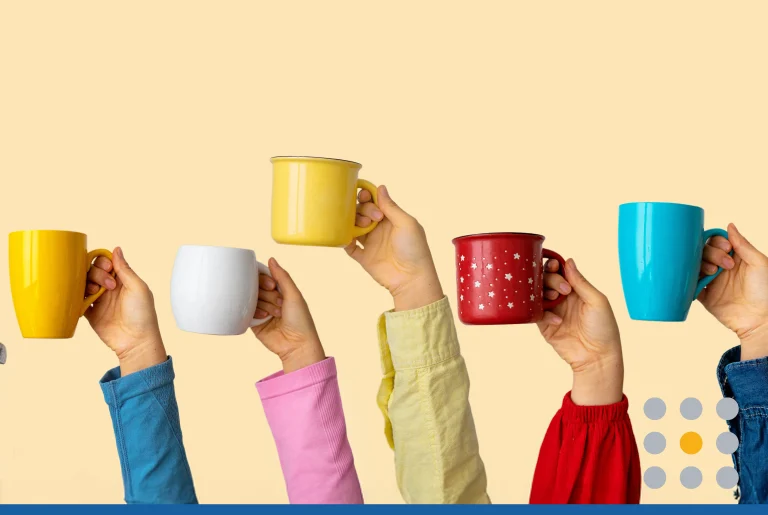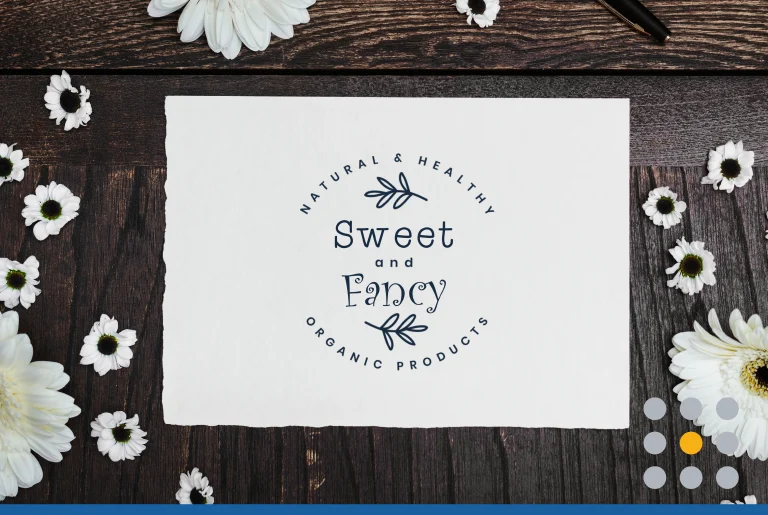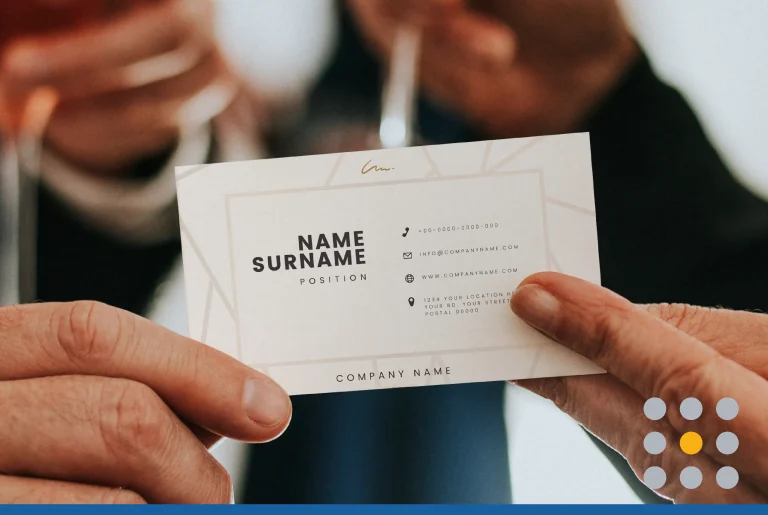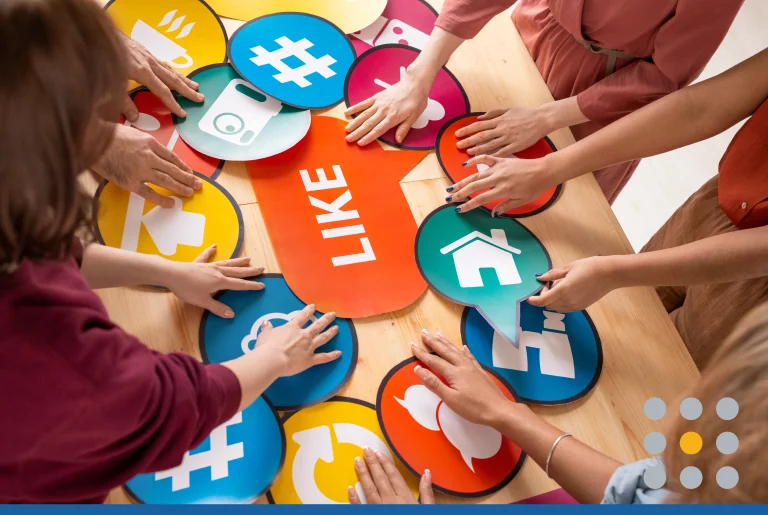Happy, engaged customers are the most effective tool for marketing your business. People get excited when they hear about great products from friends and family.
Roughly 82 percent of Americans turn to their personal network for product recommendations, according to a 2016 Harris Poll. And 67 percent of people say they’re more likely to make a purchase after a friend or relative shares a product through email or social media.
It pays to be kind and attentive to your customers. Word gets out when you deliver stellar service and show appreciation. If you keep meeting expectations, customers turn into long-time ambassadors for your brand.
In the past, businesses had little power to tap into word-of-mouth activity. But the rise of social media and influencer marketing is making it easier to motivate followers into action.
Looking for smart ways to leverage your audience? Check out how top brands get customers talking with these brilliant word-of-mouth marketing examples.
Pinterest thrives on user-generated content. The company depends on users to create vision boards and actively recruit more “pinners” into the fold. So, how did Pinterest go from 3000 followers in early 2010 to over 200 million in 2018?
Founder Ben Silbermann turned to the site’s small, but passionate, audience to plan a growth campaign. The site’s loyal group of users really loved the product, so Silbermann organized meetups with them to get feedback. Connecting one-on-one showed users the Pinterest team was serious about building a better site and a bigger community.
Pinterest used this gateway to run one of the most successful referral programs of all time. The “Pin It Forward” campaign encouraged users to create pinboards and invite their friends to do the same. Striking visuals provided inspiration for people to join and offered a preview of exciting projects they could try.
Threadless
Growing a community is an invaluable way to gain insight about your audience while grooming brand advocates. T-shirt company Threadless did just that by gathering graphic designers and art fans to create, share, and buy custom products.
The company attracted 10,000 members in its first two years and earned $6.5 million in under four years. The company engaged fans with ongoing contests and challenges that helped designers gain notoriety and sharpen their skills.
The Threadless team understood that they were catering to a fun, creative audience. The company showcased user-generated content as much as possible, from turning T-shirt designs into custom cakes to hosting themed battles. Needless to say, members were happy to promote their designs and bring more people to the site.
Coca-Cola
Coke has survived many ups and downs and remained at the top of the soft drink game for a reason. The company is good at taking people by surprise and spreading messages of goodwill and multiculturalism.
In 2012, the company installed “Happiness Machines” around the world. Customers looking for a cool beverage could get a free coke in exchange for hugging the machine, dancing or performing other antics. In another “Happiness” campaign, Coke set up phone booths in Dubai that allowed workers to call their families using bottle caps instead of money.
More recently, the company used the “Share a Coke” campaign to revive sales across 70 countries. Coke printed bottles with common names on them, so people were inspired to buy them for a friend or relative. To take the campaign a step further, Coke created a hashtag. The social media element gave people extra incentive to purchase a personalized Coke and share photos online.
Dropbox
Not everyone can shell out money for pricey marketing stunts like the Coca-Cola Company. And that’s okay. Smaller businesses can focus on smaller incentives, such as a discount, gift card, or key product feature.
In its fledgeling days, Dropbox drew massive referral traffic with the promise of free storage space. Dropbox was offering an incredibly useful service at a time when internet users were new to the idea of storing files “in the cloud.”
The company offered 500 MB of extra storage space to new customers and the people who referred them. Customers can continue to earn more space by referring more people, which increases loyalty.
The referral program gave people a compelling reason to choose Dropbox over competitors. Offering more free space also encouraged users to keep all their files in one place, rather than splitting content up between multiple free services.
Casper Mattress Company
When a product is significantly different or more expensive than the industry standard, it takes some imagination to reach customers. Casper broke into the crowded mattress market with a $1000 flagship product by making an irresistible offer. Take a mattress home and sleep on it for 100 days before deciding whether to return it.
Who could walk away from such a tempting offer when it included fast online ordering and home delivery? Providing a long trial period also eliminated the biggest fears about buying a high-end mattress.
Customers had plenty of time to test the mattress for comfort and durability. More importantly, customers had a tangible product in their homes that they could use and show to others.
At the same time, Casper circulated detailed ads and reviews on social media sites. Altogether, the strategy generated substantial buzz that helped the company carve a niche in a competitive arena.
Making Word-of-Mouth Marketing Work for You
Word-of-mouth marketing takes time to master. Consumers can see through many insincere tactics, and they often strike back at companies who try to exploit them. Keep these things in mind as you develop a marketing plan of your own.
- Know your audience. Make the effort to understand what customers love about your business and why they keep coming back. You should also make sure you cater to vocal and influential segments of your audience. Brands like Nike and Red Bull actively recruit student ambassadors and host events on college campuses to connect with young audiences.
- Stay true to your brand. Customers trust businesses that are consistent and transparent in their promotions. What interests or characteristics do your customers share? You can build a community by encouraging people to bond over similar skills, priorities, or aspirations.
- Offer an incentive for customers to go the extra mile. People have busy lives filled with more important things than shopping. Give customers a reason to stake their personal time on promoting your business. Can you offer a discount? A free product? An extended service? Early access to products in development? Social badges?
- Deliver high-quality service to every customer. Providing top-notch customer service will always be the #1 way to drive word-of-mouth marketing. Streamline your ordering and support services to make sure you can handle problems fast before an unhappy customer spreads negative feedback.
Hopefully, these word-of-mouth marketing examples are the perfect inspiration you need to leverage the power of your customers. Everyone likes having a voice. You can win loyalty by providing opportunities for customers to share their ideas and feel involved in the business.
Are you planning to implement these strategies? Let us know! We’re here to help you succeed in your offline marketing strategies.







